The Evolution of Product Photography - A Journey Through Time
Product photography has been an important part of the marketing and business culture that, using this, constantly evolves along with changes in technology as well as with culture changes by the consumers. What was very simple to begin with today becomes what has been known to be expensive, and with that, it changed the total manner in which business would showcase its products. There's a profound look into the interesting journey product photography has and its influence on the consumer:
1. Early Years of Product Photography
It started off in the late 19th century, that is, almost as old as photography itself, and product photography dates back from the early times of photography as an early still life taken through daguerreotypes and glass plate negatives. They were some of the initial methods of taking photographs and described early photography- clumsy but unsharp enough to carry a sharp image in a product.
The techniques used at that time to illuminate were relatively primitive and based much more on natural light. Photographers used their equipment by windows for full bright daylight coming through the glass windows. This was the starting point rather than being brilliant, for here instead of merely writing down descriptions, they began to visually describe things.
2. Inception of Commercial Photography
Commercial photography really began in the early 20th century. The cameras were no longer heavy and better illumination equipment improved, where the photographer became in charge of a shoot. By the 1920s and 1930s, advertising photography began to be established as a respectable profession.
The beginning of the early twentieth century marked the time companies started to invest in black-and-white photography to promote their products efficiently using the printed press like newspapers and magazines. Photographs of Coca-Cola and Kellogg's grabbed the attention of consumers through excellent pictures. Composition or storytelling became the base for present-day visual advertising.
3. The Golden Age of Color Photography
Color photography changed the face of the mid-20th century. Brands could now illustrate their products in all their colorful splendor because of color film's affordability. Advertising products never looked the same again, particularly with regard to fashion, food, and automobiles.
First, vivid images of the products caught readers' attention in magazines, such as Vogue and Life. From the looks and colors to the emotions and feelings, there is now an avenue for a brand to send the core meaning of the product through photographs.
4. Digital Revolution in Product Photography
It was the late 20th century when the digital age gave the world a changed face for product photography that has been ever-lasting. From film cameras to digital, photographers could test high-resolution images, quicker workflows of editing, and seamless storage.
This was the time when the online store was still an uncharted frontier. For example, in the past, the online companies such as Amazon and eBay completely relied on pictures of the item to build confidence and sell out. Clear, high-resolution product photos consistent and of good quality are in high demand because the expectations of online fine, detailed imagery are pretty high.
Software like Adobe Photoshop created post-production editing where photographers can fine-tune accuracy on their images. Industry standards became background removal, color correction, and retouching.
5. The Modern Age: Technology Meets Art
Never has photography of the product reached such heights of all-time scale. With smartphones, AI-driven editing tools, and 3D rendering; pros alongside amateur filmmakers can today manage to do that. Now companies have options available when making gorgeous images of products in ways that require full budgets.
This innovation defines what modernity looks like hence categorized as:
360-Degree Product Photography
Interactive photographs in which a consumer can view any product from all possible angles of wanting.
Lifestyle product photography: They shoot photos of real life situations incorporating their products for them to emotionally feel stimulated.
AR- Augmented Reality
That device the firm offers to their clients to use will depict them how they should expect it looking at the clients' homestead before shopping it.
Drone photography
This photographs large products or sites like real estate or even a few outdoor equipment firms.
Other changes came with the social media channels like Instagram and Pinterest. Influencers and user-generated content help in visual storytelling to be authentic as well as relatable in this new age.
6. Future of Product Photography
With the advancement of technology, product photography has greater promise than it ever had before. Trends coming up in the near future are holographic displays, virtual showrooms, and AI-generated imagery to redefine the marketing of the product.
Another trend that became more important for late times is sustainability. Brands opt for a more sustainable photograph-like reusable props and low energy consumption during shoot.
This virtual integration will standardize all processes that involve the editing of work and the production of images to the consumer's product preference.
Conclusion
An evolutionary phenomenon that happened because it reflects advancement in technology besides the preference-changing aspect among the consumers, that from grainy black and white images has brought it up toward immersed AR experiences to become testimony over the power of visuals toward shape perception and for selling the products.
Companies can innovate while retaining what has allowed them to be so far upfront and that are the basic principles of effective presentation. From there, powerful images that can appeal strongly for brands will then be done while making them stand out amidst the noise of the marketplace using trendy equipment and techniques.




